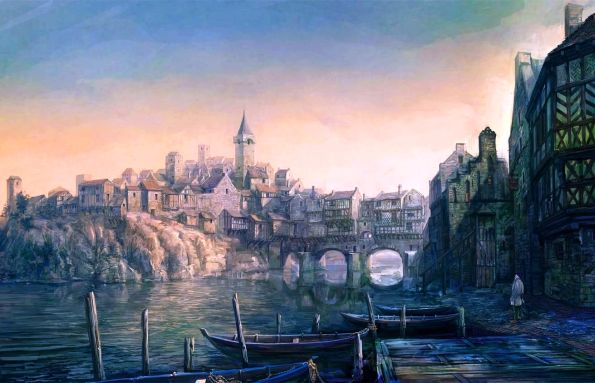Denmark & Norway
Political Divisions of Denmark & Norway includes a formidable union of counties and duchies in Northern Europe, characterized by a complex web of political divisions and shared governance. The dual monarchy of Denmark & Norway is largely human in habitation, under the rule of Frederick III, son of Christian IV who passed away in 1648. The two distinct yet interconnected realms cover an area of 229.1 hexes, with a population of 1,024,732.
Contents
Denmark, the more dominant of the two partners in this union, had the heart of its political power in the capital, Copenhagen — a bustling maritime hub and the political epicenter of the Danish territories, boasting a burgeoning trade network and a prominent role in the governance of the realm.
Norway retained a more decentralized governance system, with distinct regions and local nobility exercising significant autonomy. Many of its territories are occupied by other races, gnomes, halflingen and elves, particular in the far north.
Most divisions were in place by the late 14th century. In 1380, the Kalmar Union was formed, uniting the kingdoms of Denmark, Norway, and Sweden under a single monarch. While this union created a shared monarchy, each kingdom retained a significant degree of autonomy and separate administrative structures.
This arrangement persisted until the early 16th century when Sweden eventually broke away from the union in 1523, leaving Denmark and Norway in a closer union. However, the divisions and distinctions between the two kingdoms, as described in the previous response, continued to exist throughout the 17th century.
Divisions
A list of the political divisions are as follows:
- Aalborg, County of
- Agder, county of
- Akershus, county of
- Arhus, county of
- Bohus, county of
- Bornholm, county of
- Faeroes Is., colony of the
- Falster & Lolland, county of
- Fyn, county of
- Hedmark, county of
- Hordaland, county of
- Iceland, colony of
- Nordland, county of
- Nord-Trondelag, county of
- Opland, county of
- Ostfold, county of
- Ripen, county of
- Rogaland, county of
- Slesvig, duchy of
- Sonderborg, county of
- Sor-Trondelag, county of
- Terra Scania, duchy of
- Troms, county of
- Vejle, county of
- Vestfold, county of
- Zealand, duchy of
